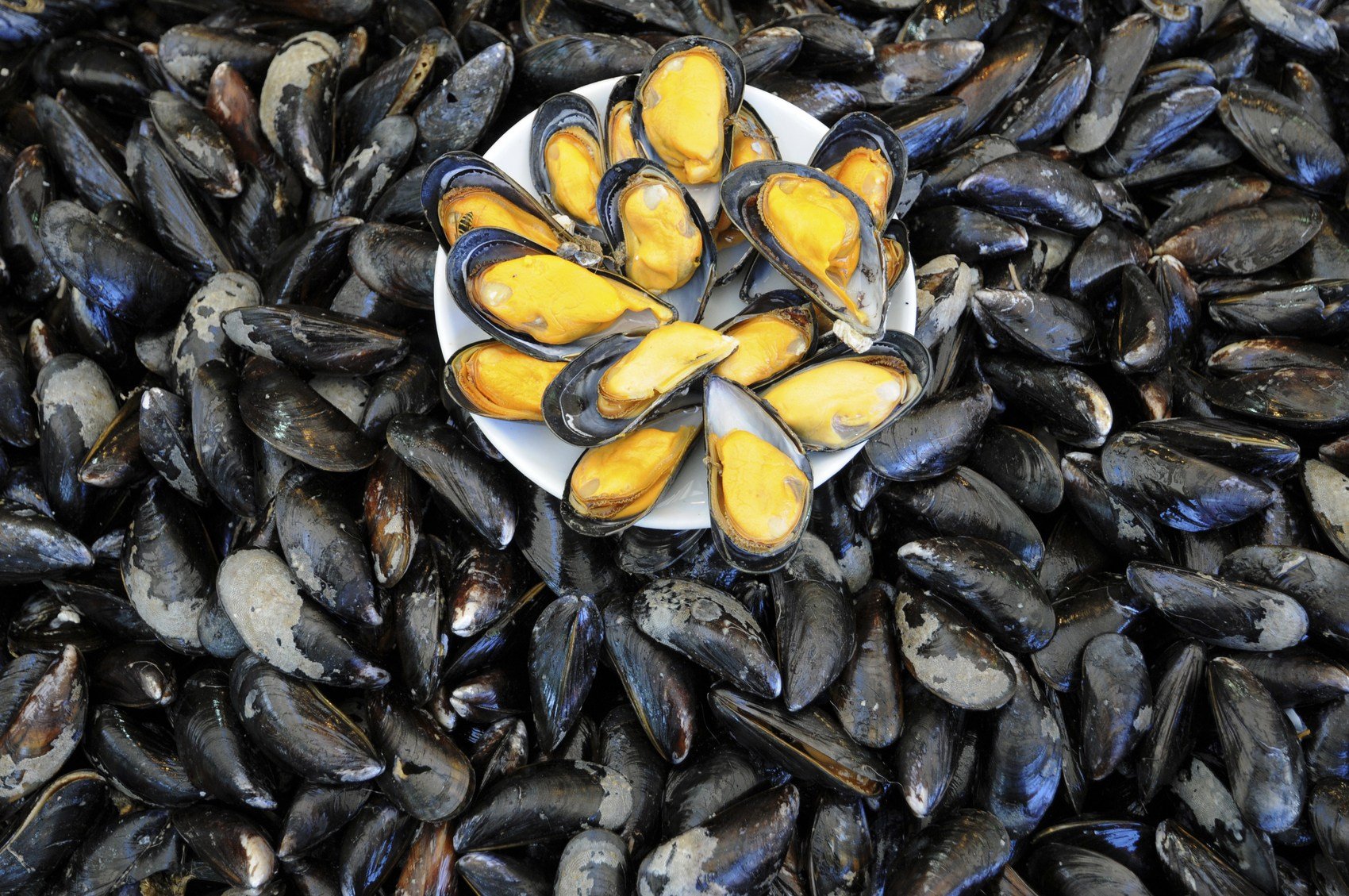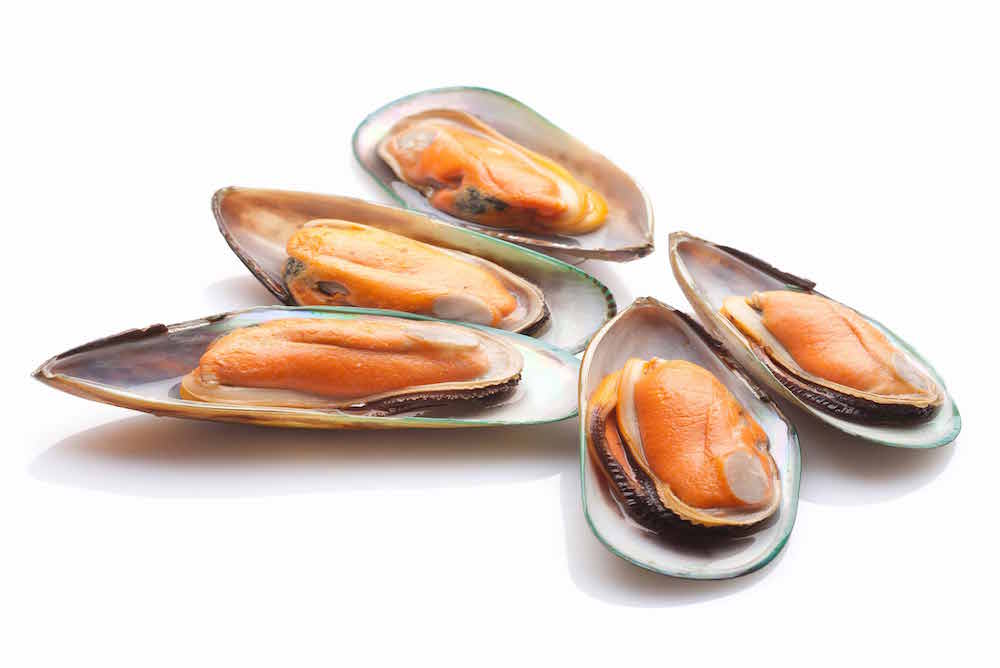Scientists Develop New, Self-Healing Material Inspired By Mussels
Mimicking mussel’s muscle. (Challenge- Try saying that 7 times in a row)
Taking a leaf out of nature’s book, scientists have in the past developed several technologies that seek to mimic some of the life’s unique innovations. And this time the inspiration is none other than the humble mussel.
Concentrating solely on the matter at hand, putting aside the many, many puns springing up in my head (with much difficulty), here goes-
Scientists at the University of California, Santa Barbara, have created a plastic with the same properties as a mussels’ muscle. Sure they are a wee bit weird but you cannot deny the fact that these guys are pretty cool. They are basically just introverted.
The muscles of these creatures can stretch without snapping and repair its own molecular bonds, so it could be useful in robot joints that lift heavy objects, or for packaging to protect delicate cargo from accidental falls.
The fibers they make to anchor themselves to hard surfaces are seven times stretchier than any fibers made by people. In fact, the filaments are so stretchy that they’ve been called “nature’s bungee cords.”
The goo that mussels exude to cement the fibers to hard surfaces works wonders, too. It helps mussels stick around even in wet conditions, no matter if the liquid is as salty as the ocean or as fresh as lake water.
These unusual fibers and adhesive have captured the attention of materials scientists and have driven them to a point of madness looking to adopt some of the mussel’s tricks to make new glues that will work even on things that are wet.
Now, Megan Valentine at the University of California and her colleagues have formulated a material using molecular bonds between iron and an organic compound called catechol rendering the teams’ material tough to break or tear, while still allowing it to remain stretchy.
The iron-catechol bonds dissipate energy from something hitting or stretching the material. These “sacrificial bonds” break, but the overall structure stays intact.
“It’s like a bike helmet: if you’re in a bike accident, the foam inside the helmet crushes and dissipates some of the energy. All that energy that would have gone into a skull fracture, instead goes into the helmet,” says Valentine. “In our case, instead of foam, we have this sacrificial bonding that protects the underlying polymer system.”
By sacrificing the iron-catechol bonds, the material can stretch by 50 percent. Then, once the stress is taken away, the bonds reform, making it reusable. Adding these bonds results in the plastic being 770 times stretchier and 58 times stronger than it is without them.
“Typically, there’s a trade-off: you can make a material harder to break but less stretchy, or easier to break and easier to stretch,” says Niels Holten-Andersen at the Massachusetts Institute of Technology. “But by adding these mussel-inspired bonds, they’ve made it so that you don’t have to make that choice.”
Valentine says the material could also find an application in the joints of robotic arms that need to bear heavy weights but still move around. Someday, she says, it could even be used to repair the tendons in our joints.
























